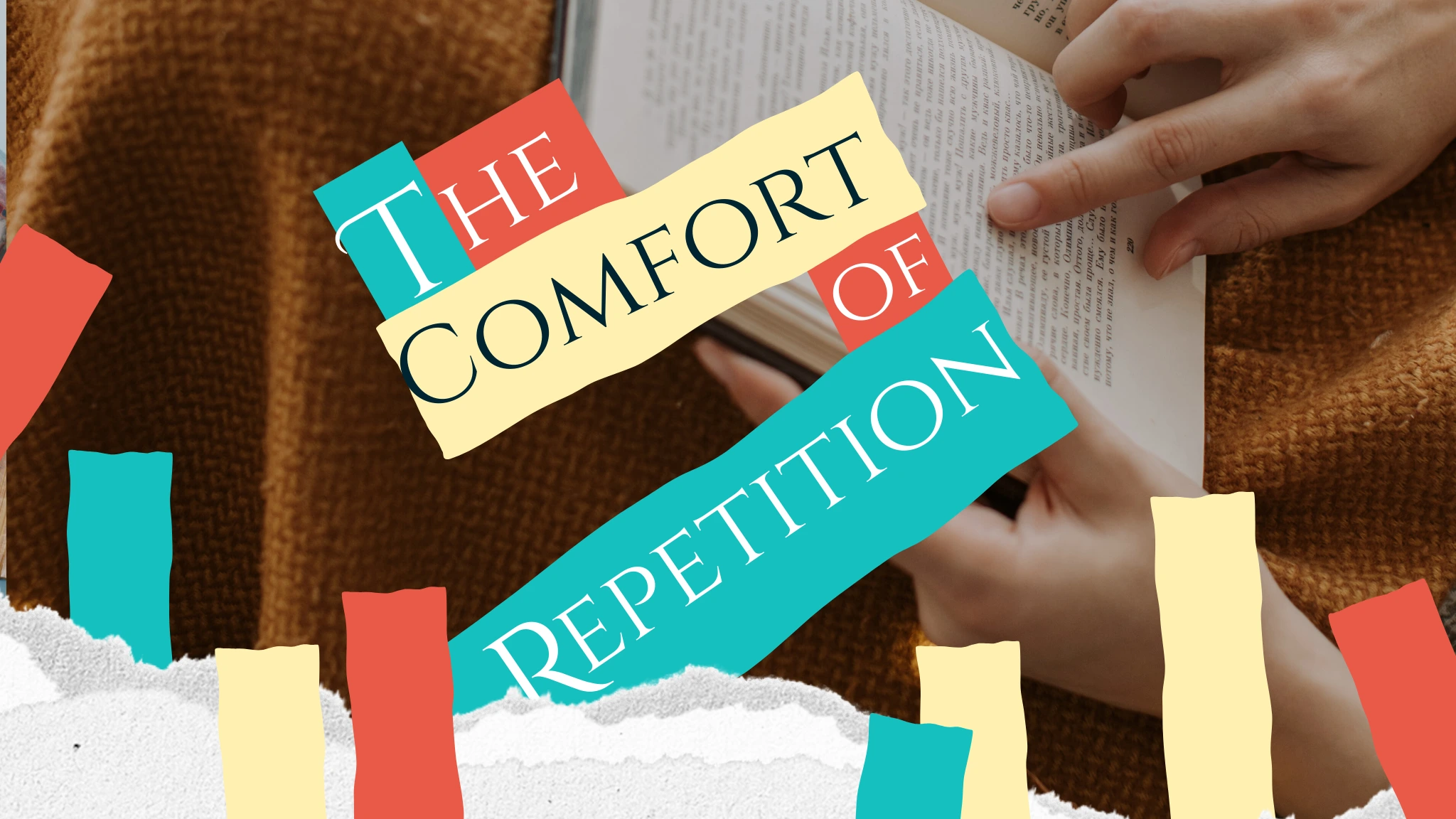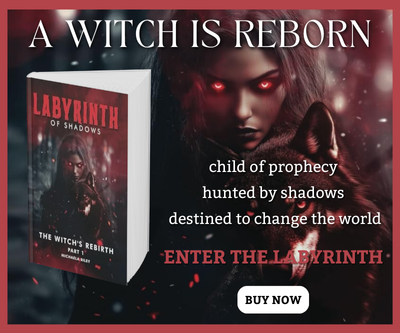Readers swear they’re tired of clichés. They roll their eyes at the “chosen one,” the “grumpy-sunshine romance,” the “ragtag crew who saves the world.” Yet, whenever a new book with those very tropes drops, it rockets up bestseller lists. Why? Because tropes aren’t just lazy storytelling, as so many people like to say. Tropes are brain candy. And our brains are wired to crave them.
Are There Really Only a Handful of Stories?
Writers have been debating this for centuries. Depending on who you ask, there are anywhere from seven basic plots (according to Christopher Booker) to thirty-six dramatic situations (as suggested by Georges Polti), to just one core story (John Gardner, who argued it’s all “a stranger comes to town” or “someone goes on a journey”). The numbers don’t matter as much as the takeaway, though … Stories repeat because people repeat. Human fears, desires and conflicts are universal, and they haven’t changed since we were painting on cave walls.
But that doesn’t mean stories are boring. Just look at these examples:
- Romeo and Juliet by Shakespeare becomes West Side Story by Arthur Laurents and then These Violent Delights by Chloe Gong. Same doomed lovers, new costumes.
- Cinderella shows up as Ever After, A Cinderella Story, and even Pretty Woman. Different glass slipper, same wish-fulfillment.
- The Odyssey echoes in The Lord of the Rings and The Martian as heroes just trying to get home.
The skeleton stays the same, but the flesh and blood — the characters, voice, setting — change everything.
The Neuroscience of Narrative Déjà Vu
Here’s where it gets fascinating: Our brains run on patterns. Psychologists call it predictive processing, where we’re constantly scanning for familiar cues to anticipate what comes next. Tropes are narrative shortcuts that tell our brains, “Relax, you know where this is going.”
When we recognize a story pattern, the brain rewards us with dopamine, the feel-good neurotransmitter linked to learning and pleasure. We literally get a hit of satisfaction for seeing a story unfold as expected. Think of it like hearing your favorite song — you know the chorus is coming, and when it hits, your brain lights up.
There is a twist, however; too much predictability can be boring. That’s why the most beloved stories balance familiarity with surprise. You get the cozy safety of a known trope, then an unexpected detail or subversion that keeps you awake. That interplay between pattern and novelty is what hooks us, neurologically speaking.
Why We’re Addicted to the Familiar
Evolution is partly to blame for our addiction to the familiar. A predictable world means survival … Knowing which berries were safe to eat or which shadow in the dark meant predator, was vital back in the Stone Age (and now). So, our brains have evolved to seek patterns and cling to them.
In stories, familiar tropes act like a survival map. They promise, “This road leads somewhere you’ve traveled before. You won’t get lost.” It’s why children beg to hear the same bedtime story repeatedly. It’s not just about comfort; it’s also about how humans learn. The structure becomes ingrained, which makes it easier to process more complex stories later.
Even as adults, we gravitate toward archetypes we already trust: the hero’s journey, the forbidden romance, the redemption arc. They deliver an emotional payoff we can almost bank on.
Books that Share the Same DNA
Want proof that we love recycled ideas? Look at these uncanny doubles:
- The Hunger Games by Suzanne Collins and Battle Royale by Koushun Takami. Both pit teens against each other in a televised death match.
- Jane Eyre by Charlotte Brontë and Rebecca by Daphne du Maurier. Both feature a brooding man with a gothic house and a woman uncovering dark secrets.
- Harry Potter and Percy Jackson. Boy thrust into a magic world that exists within our own, chosen one destiny — just swap wands for celestial bronze swords.
Did readers cry foul? Hardly. They bought the books by the millions! Because what matters isn’t originality at the macro level, it’s originality in the micro. In other words, originality in the voice, the setting, the emotional truths.
How Authors Use Tropes without Being Predictable
Smart writers don’t avoid tropes; they play with them. The best stories know exactly what readers expect, then twist the formula just enough to surprise.
- In Six of Crows by Leigh Bardugo, the classic heist trope gets reimagined with morally gray teens and brutal stakes.
- In Circe by Madeline Miller, the old Greek myth is told from the witch’s own perspective, giving a familiar tale new emotional depth.
- In The Cruel Prince by Holly Black, the mortal-in-Faerie trope becomes a dark, politically ruthless chess game.
This is how tropes evolve. They adapt to cultural shifts, audience tastes and new storytelling technologies.
What this Means for Readers and Writers
For readers, it explains why “I’ve seen this before” doesn’t stop you from staying up until 3 a.m. You’re wired to find comfort in recurring patterns, then you get a thrill when a story jolts you sideways.
For writers, it’s liberating. You don’t need to invent an unheard-of plot. You need to take something recognizable and make it yours. The familiar framework draws people in and your unique take keeps them there. Voila. Simple as that.
The Bottom Line?
When someone says, “This story is just a rip-off,” they’re partly right. But every story is a remix. We keep retelling the same core narratives because they still resonate with who we are — people craving connection, meaning and the safety of knowing how a journey might end.
So, next time you roll your eyes at the enemies-to-lovers romance or the mentor who dies right on cue, remember: Your brain asked for this. Tropes are the narrative heartbeat of humanity, pulsing across centuries, cultures and genres. Far from killing originality, they’re the scaffolding that lets it flourish.
And that’s why readers keep coming back for more.

